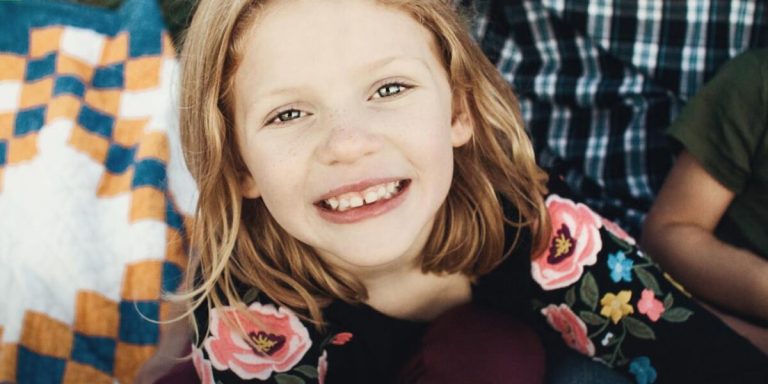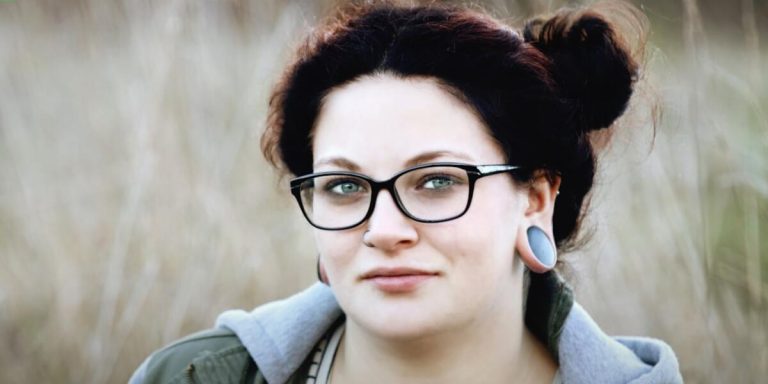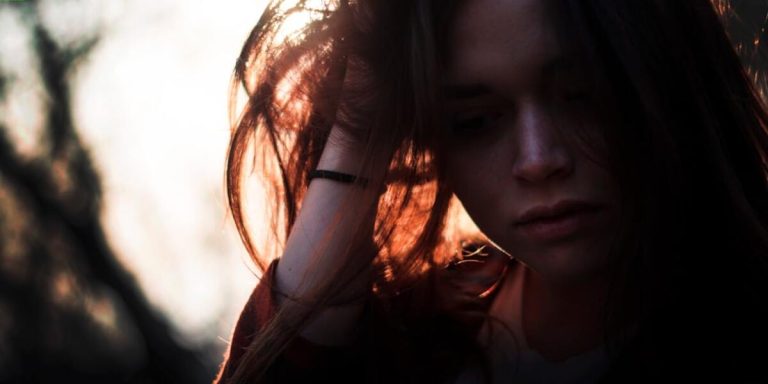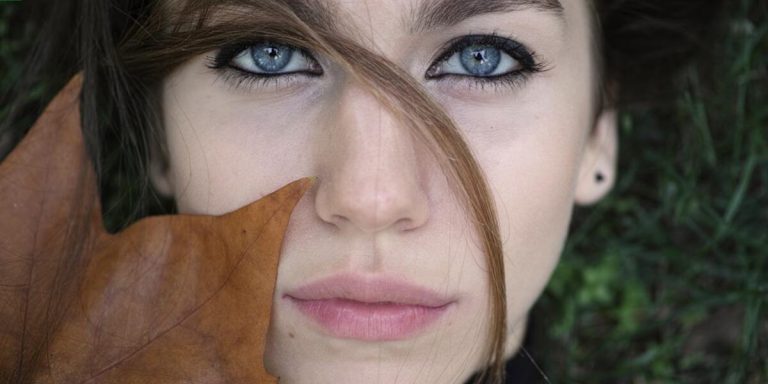LLLT Hair Loss Treatment: An Effective Solution for Regrowing Your Confidence
Losing hair is more than just losing strands. For many, it equates to a loss of self-esteem and confidence — an undesired change in appearance that can affect daily life harshly. An innovative technique has emerged as a promising solution: the LLLT Hair Loss Treatment or Low-Level Laser Therapy provides hope for those grappling with this problem.
This non-invasive therapy uses light energy from lasers to stimulate hair growth directly at the follicle level without causing discomfort or side effects typically associated with other treatments. With proven effectiveness in numerous studies, LLLT Hair Loss treatment opens up new possibilities for men and women struggling with thinning hair, being recognized internationally by professionals within dermatology fields and beyond.
Did you know?
An intriguing but not widely known fact is that Low-Level Light Therapy (LLLT) for hair loss was actually stumbled upon by accident in the 1960s when a Hungarian scientist noticed accelerated hair growth on mice exposed to laser light.
Understanding LLLT: Revolutionary Approach to Hair Loss Treatment
Low-Level Laser Therapy (LLLT) is fast gaining recognition as a revolutionary approach to treating hair loss. This non-invasive treatment method utilizes low-level lasers or light-emitting diodes to stimulate cellular activity in the scalp, resulting in rejuvenated follicular growth. LLLT works by enhancing blood circulation and oxygen supply to hair follicles, which, when starved of these essentials can lead to hair thinning or even complete baldness.
For those dealing with alopecia and other forms of hair loss due to genetic predisposition, stress, dietary deficiencies or medical treatments like chemotherapy; LLLT presents an effective solution. Unlike traditional surgical methods such as transplantation that come along numerous side-effects and recovery timeframes; this modern technique ensures painless therapy sessions without causing discomfort during the procedure.
In 2023’s age of advancing technology revolutionizing wellness practices globally; adopting LLLT into your regular hair care regimen could prove transformative for your overall aesthetic appeal while saving you rising costs associated with long-term pharmaceutical solutions for maintaining healthy-looking locks- both financially & mentally draining aspects linked directly with any health-related issue one has been battling persistently.
The Science Behind Low-Level Laser Therapy for Hair Regrowth
Low-Level Laser Therapy (LLLT) is at the helm of hair loss treatments in 2023. This revolutionary approach offers new hope for those struggling with thinning locks or baldness, a reality that many individuals face.
In essence, Low-Level Laser Therapy works by utilizing specific wavelengths of light to stimulate cellular activity within your scalp’s tissue. Many scientific studies have shown these particular wavelengths can help boost cell metabolism and protein synthesis – key factors for promoting hair growth.
Understanding how this specialized treatment impacts our body on a molecular level clarifies why it has become such an important instrument in combating hair loss. Behind its deceptively simple name, LLLT stands as an adept solution offering considerable benefits over traditional methods.
When applied directly onto the skin using laser devices designed specifically for home use like combs or helmets – LLLT penetrates into the dermis where follicular cells are located.. This interaction triggers increased blood flow which delivers essential nutrients and oxygen needed for healthy hairs – essentially breathing life back into each strand from its very root!
The stimulation also kick-starts dormant follicles back into their active state known as Anagen Phase – resulting in denser coverage after regular sessions of therapy! What used to be perceived as inevitable thinning now shows potential regrowth even amongst matured adults experiencing advanced stages of patterned baldness due to hormonal changes or hereditary predisposition.
Fortunately, technology advancement has driven down costs making Low-level laser therapies increasingly accessible across different income groups than ever before.
Comparing LLLT with Traditional Hair Restoration Methods
Low-Level Laser Therapy (LLLT) has emerged as a revolutionary treatment option in the contemporary hair loss solution landscape. Its efficacy and safety are now being measured against traditional methods of hair restoration such as medicinal treatments, surgery, or lifestyle changes.
The fact that LLLT is non-invasive sets it apart from surgical alternatives like hair transplant procedures. Hair transplants can be costly and carry potential risks including infection and scarring. On the other hand, LLLT employs laser light to stimulate dormant follicles into an active growth phase without the need for incisions or anesthesia.
Looking at medicinal approaches to stop balding – Minoxidil and Finasteride have been widely used with varying degrees of success. The downside? They require continuous usage over prolonged periods which increases out-of-pocket expenses while also carrying potential side effects such as skin irritation or hormonal imbalances respectively.
In contrast, LLLT offers a natural remedy devoid of harmful side effects making it more appealing among health-concerned consumers comparing options for hair loss remedies in 2023.
For those who prefer low-key organic solutions based on diet adjustments or topical applications using herbs/oils – these hold strong cultural roots but their effectiveness largely depends on individual body responses making them inconsistent treatment choices overall.
Maximizing the Efficacy of LLLT Hair Loss Treatment
Low-Level Laser Therapy, commonly known as LLLT, is a breakthrough on the frontlines of hair loss treatments. Backed by clinical research and scientific evidence in 2023, it has shown remarkable results in not only preventing further hair thinning but also promoting new growth. It uses specific light energy to stimulate cellular activity within the scalp’s follicles.
To make the most out of this innovative therapy, understanding how it works becomes crucial. Its success hinges on consistent use over time; therefore patience plays an essential part here. The beauty lies hidden inside its non-invasive nature that doesn’t involve any pain or side effects that often come bundled with many other treatments available for tackling hair fall issues.
Adapting your lifestyle around it can significantly enhance its effectiveness too – maintaining a healthy diet full of nutrients promotes overall well-being which incidentally aids in better results from LLLT treatment. Lastly don’t forget about regular check-ups with your dermatologist and keeping them fully informed about your progress – they’re best suited to provide you customized advice based on their expertise ensuring maximum possible yield from every session.
Optimizing Treatment Sessions: Duration and Frequency Insights
Optimizing your low-level laser therapy or LLLT hair loss treatment routines can significantly boost its effectiveness. Important factors in this equation include the duration of each session and how frequently you administer them.
1. Duration: The length of exposure is key when it comes to reaping optimal results from your LLLT sessions. Ideally, most dermatological experts recommend that each treatment should last between 10-15 minutes for maximum benefits.
2. Frequency: Regularity plays a vital role as well alongside the duration factor when dealing with an LLLT regimen for hair regrowth purposes in 2023. For best results, aim to have at least three sessions per week while maintaining consistency.
It’s important to note that these are general guidelines – individual circumstances may necessitate adjustments depending on several variables such as the severity of hair loss and responsiveness to earlier treatments among others.
Timing also matters – specific times during which you carry out these therapies can impact their efficacy greatly because our body rhythms may affect hair growth patterns too! Generally speaking though, carrying out the procedure during evening hours might prove beneficial due more active cell regeneration occurring around this time according daily bio-rhythm studies carried by prominent biologists globally now.
Pairing regular treks under lasers along with adopting a balanced diet boasting proteins essential for sturdy strands will further power up any ongoing anti-hair-loss campaigns dramatically!
Synergistic Practices to Enhance LLLT Outcomes
With the introduction of Low-Level Laser Therapy (LLLT), there has been a significant revolution in hair loss treatment. This therapy, amidst its efficacy, can be further enhanced through synergistic practices to produce better outcomes.
One pivotal practice is maintaining consistency. LLLT treatments need regularity for effective results. Skipping sessions or irregular use could dilute the impact over time thus stifling your progress towards healthier hair growth.
Pairing up with complementary therapies also works wonders. Integration of LLLT with compatible non-surgical options like Minoxidil and Finasteride may boost hair regeneration capabilities significantly as compared to standalone therapies.
Adopting an improved diet also contributes positively to maximizing the effectiveness of your LLLT Hair Loss Treatment regime. Consumables rich in proteins, vitamins A and E alongside Omega-3 fatty acids fortify follicles from within thereby strengthening their response against baldness related issues induced by genetics or lifestyle factors.
Adequate hydration complements well-prepared nutrition plans elevating efficiency levels higher than ever before transforming your journey into one marked by success rather than setbacks caused due to elemental deficiencies sabotaging body functions responsible for vibrant locks that require diligent care beyond surface-level attention provided by contemporary routines trapped in quick-fix solutions masking underlying problems requiring serious attention.
Evaluating the Safety and Side Effects of LLLT for Hair Growth
Low-Level Laser Therapy, also known as LLLT, is gaining ground in the realm of hair loss treatments. This non-invasive procedure uses light energy to stimulate and regenerate cell function which can promote stronger, denser hair growth over time. But like every treatment method available today, it’s crucial for potential users to evaluate its safety profile and possible side effects before embarking on this journey.
The US Food and Drug Administration (FDA) has cleared several low-level laser devices for home use, ensuring safety for prospective patients seeking hair growth treatments. Notably suitable from a safety perspective, these devices do not produce heat or cause noticeable changes in skin tissues while delivering controlled levels of red light therapy directly to the scalp area.
Despite the FDA classifying them as no-pain procedures, individual experiences vary. Understanding potential side effects is crucial. People have reported adverse reactions such as temporary head discomfort during initial sessions and mild itching sensation immediately after therapy. In rare cases, slight reddening at the application site may occur if used excessively at first; this typically fades after a sleep cycle resets the body’s normal activity rhythms by the following evening. The symptoms usually disappear by morning when daylight begins.
Debunking Myths: Addressing Common Concerns About LLLT Treatments
Low Level Laser Therapy (LLLT) has emerged as a prominent player in the domain of hair loss treatments. However, with its increasing popularity, numerous misconceptions and unfounded worries have also come to light. Let’s debunk these myths one by one.
Safety should always be paramount when it comes to medical treatments or procedures. The good news is that LLLT for hair growth abides by this principle wholly. It deploys low-level light which doesn’t cause any physical damage or injure the skin on your scalp.
Furthermore, several studies have validated the safety credentials of LLLT treatment making it an ideal choice for individuals experiencing hair loss who value safety above all else.
Many potential users are apprehensive about adopting lllt hair loss treatment due to concerns about harsh side effects; however most adverse reactions reported from using this therapy were mild and reversible such as slight itching or redness after intense sessions which subside over time.
Long-Term Implications: What Users Can Expect From Continuous Use
The continuous use of Low-Level Laser Therapy (LLLT) for hair loss treatment presents both potential benefits and considerations. It’s essential to understand these long-term implications before embarking on this journey.
Firstly, the consistency of LLLT treatments can fortify your scalp health by stimulating blood flow in the targeted area. This influx aids nutrient delivery to the hair follicles, thus promoting healthier and stronger hair growth over time. The laser therapy works at a cellular level, enhancing cell metabolism and energy production that fuels new hair growth.
On another hand, users frequently report increased thickness of existing hairs due to ongoing exposure with lasers’ non-damaging light rays penetrating deep into their scalps’ dermis layer. As you continue using LLLT devices like combs or helmets designed as per FDA norms specific for 2023; they stimulate dormant follicles encouraging denser mane which may not have been possible otherwise through natural methods alone.
Many also advocate its straightforward application method – simply wearing an LLLT helmet or gliding a comb-like device across problem areas makes it easy even for those constantly on-the-go.
Conclusion
In conclusion, the LLLT hair loss treatment is more than just an effective solution; it’s a holistic approach to regaining your confidence. It goes beyond mere aesthetics and aims at restoring self-esteem that often falls victim to receding hairlines or bald patches. So, if you’re fighting the daily battle against hair loss, consider creating an alliance with this formidable contender – LLLT might be your knight in shining armor!
However, remember that everyone’s journey with their tresses differs greatly. What works for one may not work as effectively for another because of distinct physiological factors and unique lifestyles. Therefore don’t hesitate to explore our website further – we’ve got plenty more insights on various aspects of “Hair Loss Treatments” tailored specifically for individuals like you who are looking forward towards reclaiming control over their crowning glory!







